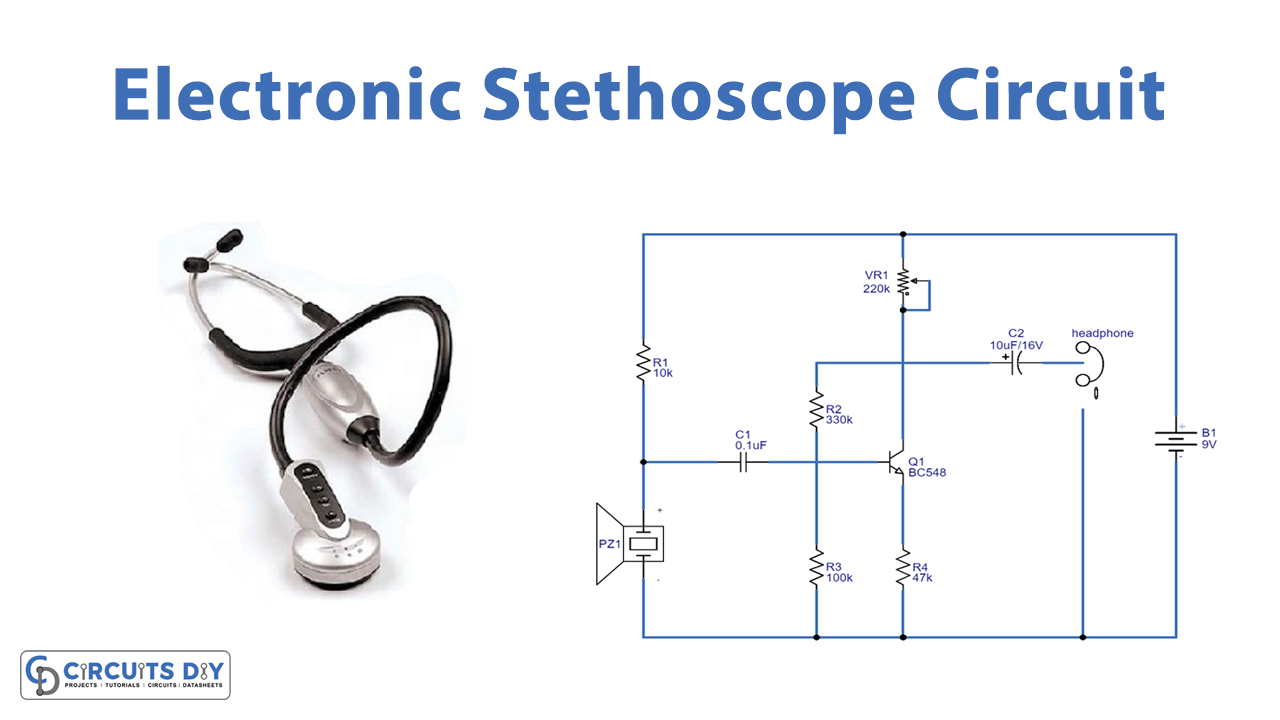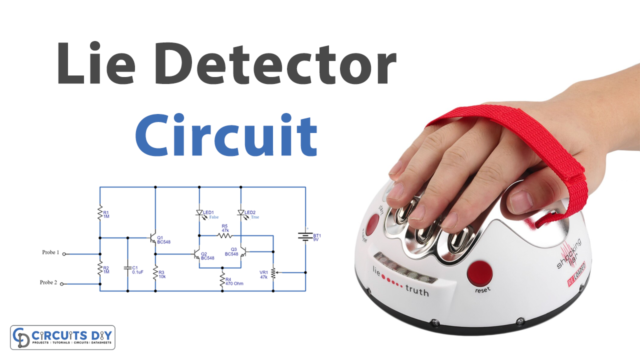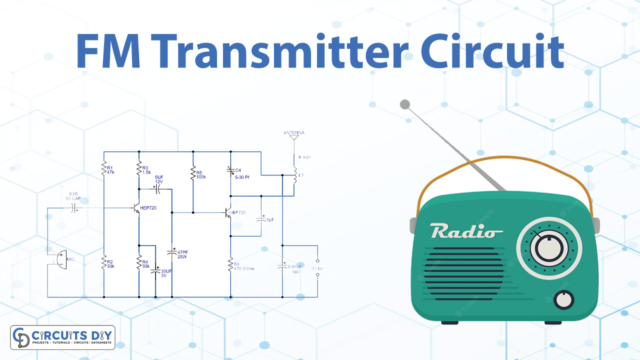Introduction
Who is unaware of the stethoscope, since childhood, we have seen it with the doctors while our medical checkup goes on. But, have you ever thought about what is there inside the stethoscope? Yeah, the inside circuitry includes the amplifier which we are going to discuss in this article. So, In this Tutorial, we are going to make a “Simple Electronic Stethoscope circuit”.
A medical device called a stethoscope is used to hear sounds made by the body, primarily by the heart or lungs. One of the crucial medical tools that influence remote or self-diagnosis in the medical field is the electronic stethoscope. Electronic stethoscopes have a higher sound quality and amplitude than traditional ones. They can be used for sophisticated analysis of heart- or lung-related diseases by filtering background noise. It
Hardware Required
| S.no | Component | Value | Qty |
|---|---|---|---|
| 1. | TDA2005 | – | 1 |
| 2. | Resistor | 10K,100K,47K,330K | 1,1,1,1 |
| 3. | Capacitor | 0.1uf | 1 |
| 4. | Speaker & Head phone | – | 1,1 |
| 5. | Transistor | BC548 | 1 |
| 6. | Variable Resistor | 220K | 1 |
Circuit Diagram

Working Explanation
In this Simple Electronic Stethoscope circuit, we make a microphone out of piezo speakers. This transducer has a low-frequency response power capability of up to 100mV. This signal is incredibly weak. Therefore, to boost the signal, we must employ a high-impedance input impedance preamplifier. The piezo speaker (PZ1) would then detect the heartbeats and drive a headphone output. The signal is then delivered to a signal amplifier made up of Q1, R1–R4, VR1, and C1. Others referred to it as a common-emitter amplifier. The emitter is connected to both the input and output signals.
It is capable of producing responses at low frequencies. As a result, the output has a low-impedance connection to the headset. The potentiometer VR1 acts as an output adjuster to loud or low so that the heartbeat can be heard. The amplifier’s input impedance can be raised using a Darlington transistor.
Application Uses
- In the hearing heartbeat sound for medical grounds.














